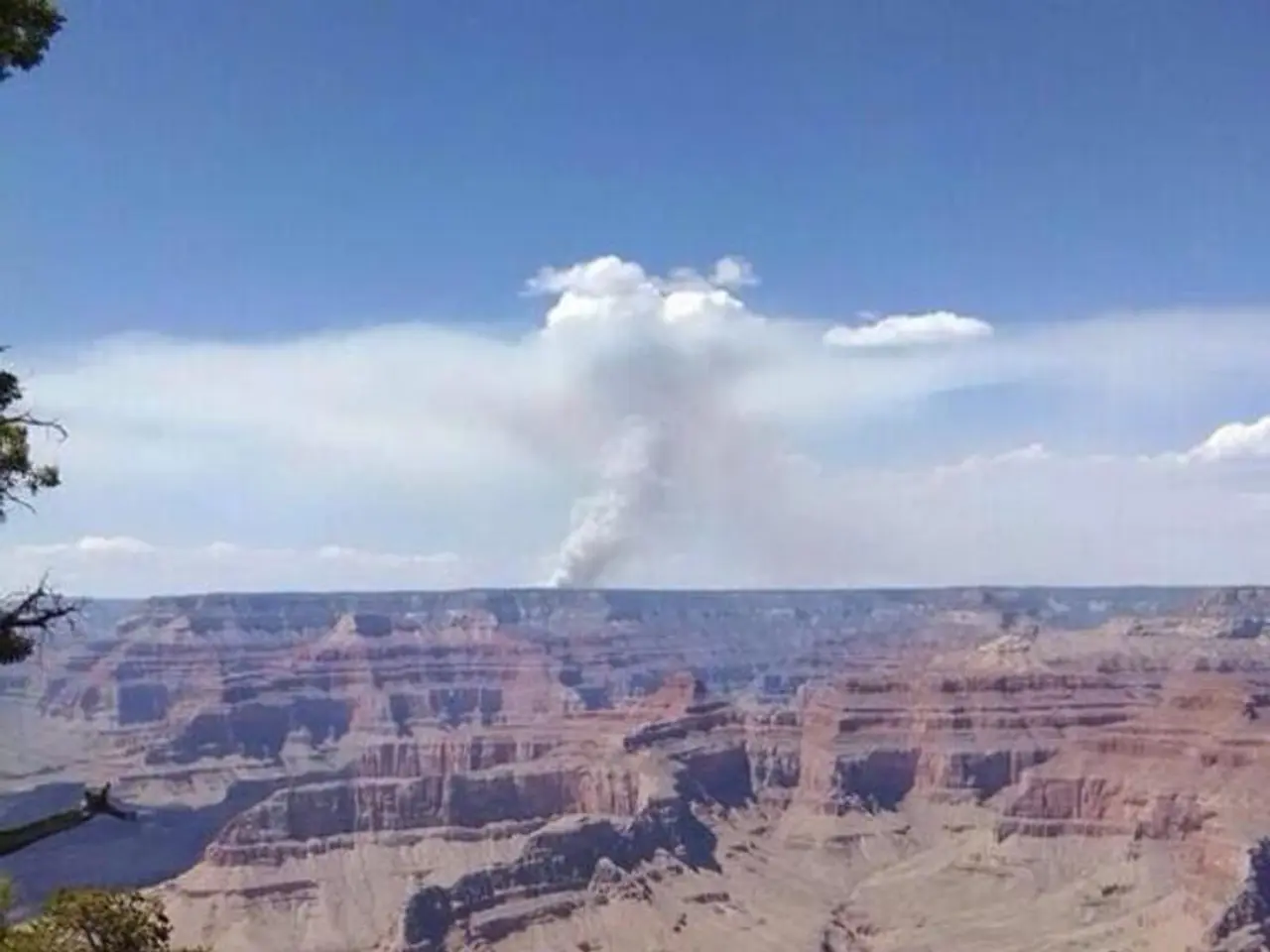Best Night-Sky Experiences in the USA: Grand Canyon Dark Sky Park Reveals Cosmic Wonders
The Grand Canyon, one of America's most iconic natural wonders, is now a beacon for stargazers and astronomy enthusiasts. Nestled in the heart of Arizona, this awe-inspiring landscape has been transformed into an International Dark Sky Park, offering visitors a unique opportunity to gaze at the stars in all their glory.
For years, the Grand Canyon's night skies were marred by excessive lighting, particularly on the South Rim. However, the National Park Service has been working diligently to rectify this issue. By June 2019, they aimed to retrofit two-thirds of the thousands of light fixtures on both rims and within the canyon to comply with DarkSky's lighting guidelines. This commitment to reducing light pollution has paid off, as the Grand Canyon was designated an International Dark Sky Park by DarkSky International in the same year.
The Grand Canyon's high elevation and dry desert air contribute to its reputation for clear, cloudless night skies. This, combined with the lack of artificial light, makes it an ideal location for stargazing. Amateur and professional astronomers from Lowell Observatory in Flagstaff often visit the park, and the annual Grand Canyon star party in June is a highlight for many.
The Saguaro Astronomy Club of Phoenix also sets up telescopes on the North Rim of the Grand Canyon, providing visitors with a closer look at celestial bodies. On the South Rim, Hermit's Rest, the Rim Trail pullouts, Desert View, and Lipan Point are suitable for stargazing. Mather Point, in particular, is considered the best spot for observing the night sky on the South Rim.
The Grand Canyon offers more than just stunning stargazing opportunities. It takes visitors back nearly 2,000 metres into Earth's deepest history, revealing layer-cake bands of red rock. For those interested in the area's indigenous culture, the Navajo constellations, based on the Plough, Cassiopeia, and Polaris, offer a unique insight into the Navajo tribe's beliefs and traditions.
Night-time walks and talks by rangers are available, and they often set up telescopes for public use. Camping in the park's campgrounds offers opportunities to learn about the Navajo tribe's constellations and immerse yourself in the dark, starry night.
Located easily accessible from Flagstaff in Arizona and only a few hours from Las Vegas in Nevada, the Grand Canyon National Park receives five million visitors per year, most of whom visit Grand Canyon Village on the South Rim. Whether you're an astronomy enthusiast or simply looking for a unique and awe-inspiring experience, the Grand Canyon's dark skies are a must-see.
DarkSky International encourages maintaining the darkness of the night sky for future generations. By visiting the Grand Canyon, you're not only witnessing a breathtaking natural wonder but also contributing to the preservation of this darkness for generations to come. So, pack your telescope and prepare to be amazed by the stars above the Grand Canyon.








